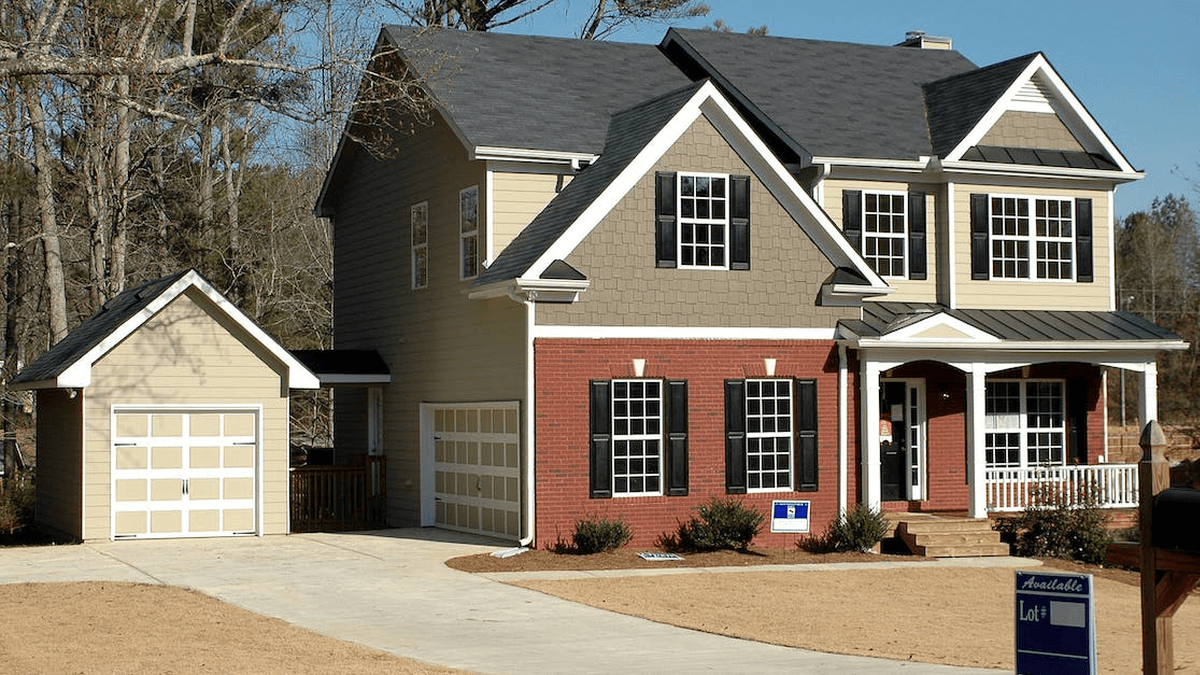Property taxes: calculation and minimization strategies

For homeowners, property taxes can be a significant financial obligation. These taxes fuel critical public services like education, transportation, and emergency services – which can maintain the quality of life in local communities. However, while it’s necessary to contribute, it’s essential to understand the mechanisms behind these taxes and ways you can potentially manage them more effectively.
How property taxes are calculated
The mill rate
At the heart of property tax calculations is the mill rate, also referred to as the mill levy or mileage tax. It is the tax amount per dollar of a property’s assessed value, and it’s not a unilateral decision but rather a collective one. Each jurisdiction, be it counties, cities, or districts, establishes its mill levy depending on its fiscal needs. The aggregate of these levies or rates produces the total mill levy for your property.
Homeowners do not have direct influence over this rate. Rather, elected officials set these rates based on the jurisdiction’s needs.
The assessed value
The assessed value is an estimation of a property’s market value based on various factors, such as its location, condition, improvements, and prevalent market trends. Typically, tax assessors review this every one to five years.
There are three primary methods used to assess property value: the sales evaluation method, the cost method, and the income method.
Sales evaluation method: assessors determine values by comparing sales of similar properties while adjusting for unique changes or renovations.
Cost method: the potential replacement cost for the property is estimated, accounting for labor, materials, and depreciation.
Income method: primarily used for rental properties, this method takes into account potential rental income and related costs.
Once the property value is determined, it is multiplied by an assessment rate, a percentage based on the property’s value that varies by jurisdiction, to determine the assessed value. The assessed value is multiplied by the mill levy to determine the property tax amount.
If your property’s value is determined to be $300,000 and your local assessment rate is 80%, the assessed value would be $240,000. To calculate your property taxes, you would multiply the assessed value by the mill levy. If the mill levy for your area is 1.5%, your property tax would be $3,600.
Factors affecting property taxes
At some point, most property owners have likely wondered, “Why are my property taxes different from my neighbor’s?” The answer often lies in the factors that influence a property’s assessed value. These factors typically include:
Access to public services: properties with convenient access to public amenities like water, sewer, and gas typically have a higher assessed value. A home that’s closer to these utilities or connected to a city’s sewage system is often deemed more valuable than one reliant on a septic tank or well water.
Potential for development: a large plot of land in an urban area with zoning permissions could be seen as ripe for development and carry a higher assessed value than a similarly sized property in a more restricted zone.
Size of the home and plot: generally, larger homes command higher assessed values. The size of the plot on which the home stands can influence the value. For instance, a half-acre plot in a city is likely assessed differently than a half-acre in a rural setting.
Features and additions: special features can add to the value of a home. A property with a swimming pool, a renovated kitchen, or a state-of-the-art home theater could be assessed at a higher value. Likewise, structural additions, like sunrooms, decks, or garages, can influence property value.
Age and condition of the property: newer homes or those in impeccable condition often fetch a higher assessed value than older properties or those requiring significant maintenance.
Location and neighborhood amenities: being in a sought-after school district, near parks, or in proximity to shopping and entertainment can elevate a property’s value. Similarly, homes in gated communities might have higher assessed values.
Strategies to minimize your property taxes
While property taxes are inevitable, you may have options to decrease your property tax burden.
Understand your property tax card
First, obtain your property tax card. A property tax card, which may be referred to as the “parcel card” or “property record card,” is a document that provides detailed information about a property from the local assessor’s office. It generally includes details such as the lot size, room dimensions, and the type and quality of construction materials used. It will also list any improvements, fixtures, and additions made to the property. Many jurisdictions offer these records online, but you can also request a copy from the assessor’s office. By reviewing your tax card, you can verify that all the details about your property are accurate. If there’s an error, like an extra room you don’t have, it might be increasing your assessed value.
Weigh the tax implications of improvements
Also, consider the potential tax implications of home improvements. While they can beautify and add value, they can also increase your tax bill. It’s always a good idea to weigh the pros and cons of major renovations, especially those that are readily visible, like a new deck or swimming pool. Before you break ground, weigh the value of the feature you’re adding against the potential increase in property taxes.
Check for exemptions
Many homeowners are not aware of the potential tax-saving opportunities available through exemptions. Tax exemptions reduce the taxable portion of your property’s value and can significantly reduce the amount you owe each year. Many jurisdictions offer exemptions as a way to provide relief to certain groups of homeowners, such as seniors, veterans, or people with disabilities.
If you qualify for an exemption, you will likely need to apply for it, as local governments don’t automatically adjust your tax bill based on potential exemptions. Once you’ve identified exemptions you may qualify for, ensure you submit the necessary documentation to confirm your eligibility.
You can appeal the assessment
If, despite your best efforts, you believe your property tax bill is still too high, you can appeal it. The appeal process, which may require legal assistance, involves presenting your case and providing additional details about your property. Should the appeal board issue a decision and order in your favor, they will lower your property’s assessed value, which in turn lowers your tax bill. However, remember that an appeal is not a guarantee of a lower bill. In rare cases, it may even increase if the board deems your current assessment too low.
This article is intended to provide a brief overview of property tax calculations and strategies to minimize your tax bill. It is not a substitute for speaking with an expert advisor. For more information, please contact our office.



